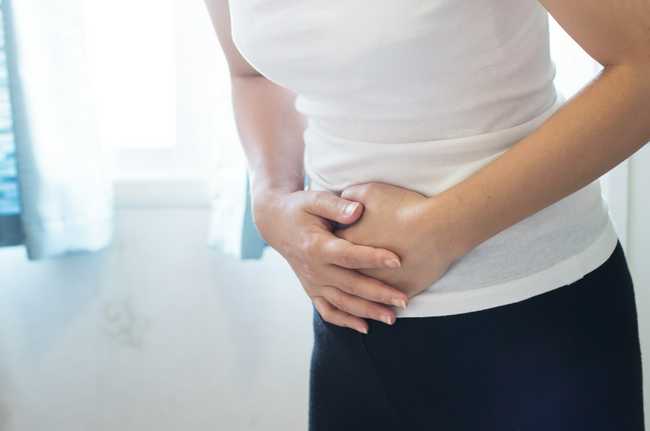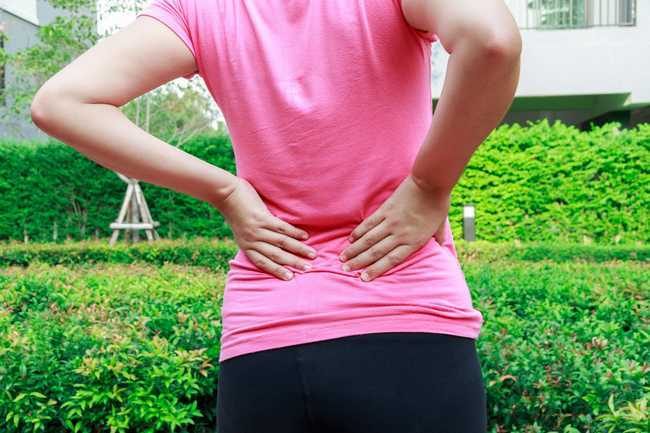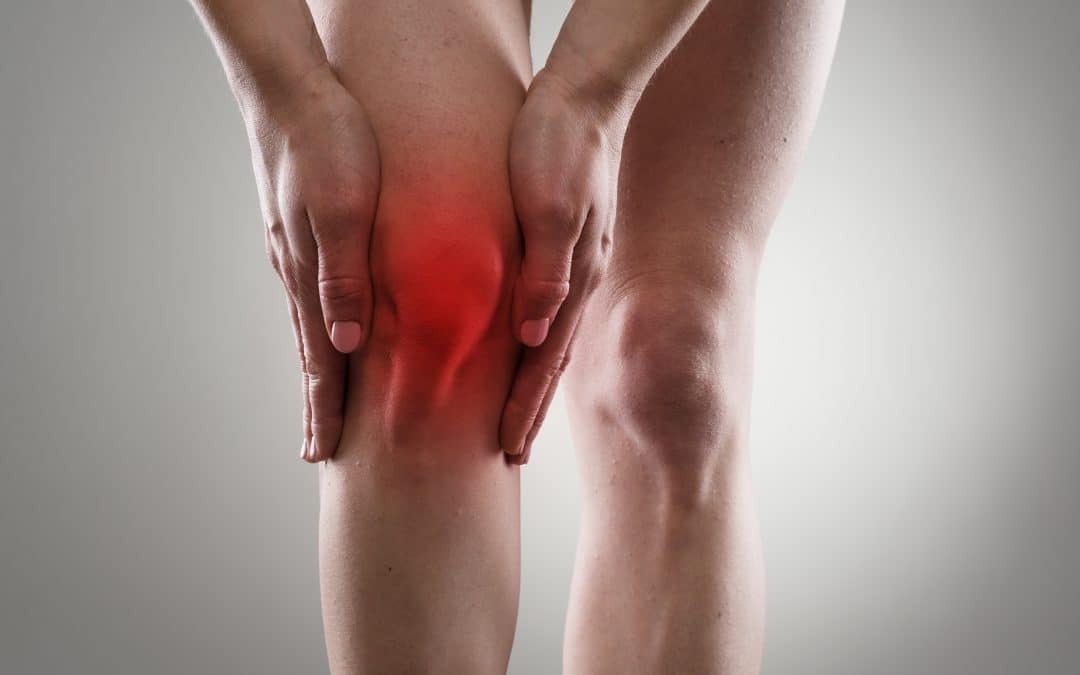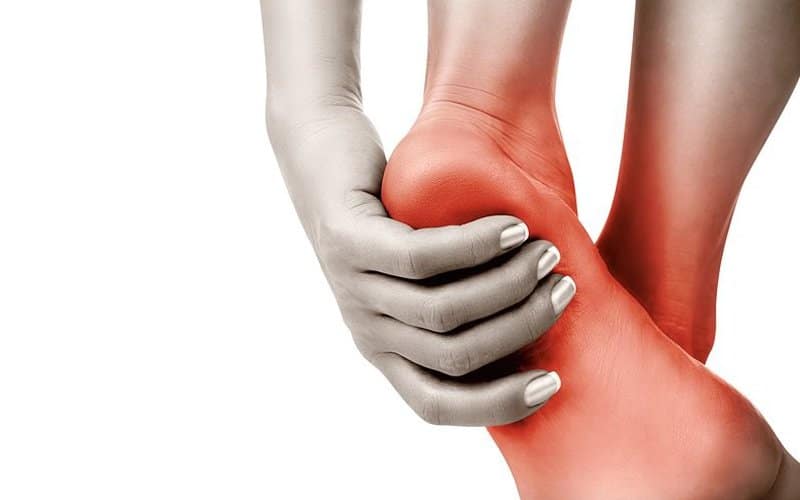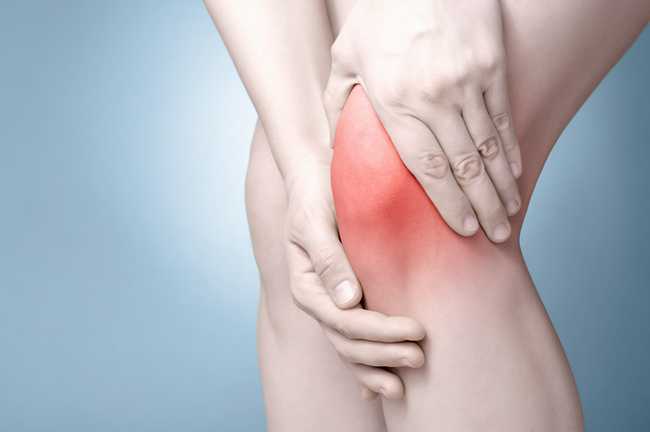
Iliotibial Band Syndrome
IT Band Syndrome: Understanding IT Band Pain, Causes, and Treatment
You go out for a run, and out of nowhere, your knee starts hurting.
Don’t ignore this pain.
It might be the start of IT band syndrome, and if you don’t get the right treatment, it can turn into a much bigger problem. We’ve put together this guide to help you recognize IT band pain and learn what to do about it.
So let’s get started!
Where Is the IT Band Located?
Your IT band starts at the outside of your hip, runs along the outside of your thigh and knee, and ends at the top of your shin. This band is made up of a thick group of fibers, and it can become painful if it gets too tight.
What Is IT Band Syndrome?
IT band syndrome is an overuse injury. People who often bend their knees repetitively, such as runners, can develop this injury if their IT band becomes tight or inflamed.
It can be hard to recognize the symptoms of IT band syndrome. Since this condition mostly causes pain around the knee, many people will mistake IT band syndrome for a different type of knee injury. However, if there isn’t any swelling accompanying your pain, you might have IT band syndrome.
Natural Treatment for IT Band Syndrome
The best treatment for IT band syndrome is rest.
You should immediately stop running (or doing whatever caused the pain) and get several days of rest. If you rest your leg right away, the pain probably won’t come back. It’s also a good idea to do some IT band stretches. These will help loosen the band and can prevent the pain from starting back up again.
If you don’t take the time to treat your IT band syndrome, the condition can become chronic.
IT Band Stretches and Exercises
There are a few different stretches that’ll keep your IT band lose and help relieve pain. You can start doing these stretches before you go running or do any other type of physical activity.
Standing Stretch
Cross your left leg behind your right leg. Put equal weight on both feet and, if you can, keep them about a shoulder’s width apart. Then lean as far to the right as you can (you lift your left arm over your head to deepen the stretch).
Repeat this with the opposite leg crossed in the back.
Wide-Legged Forward Bend
Spread your feet apart so they’re wider than your shoulders. Then bend as far forward as you can. If you can’t touch the floor, you can bend your knees slightly or use a chair to help support yourself.
Twist your upper body and put your hands on the outside of your right leg. After holding this for at least 15 seconds, repeat this on the left.
Lying Glute Stretch
Start by lying down on your back. Then lift your right knee to your chest. Hold it there for a few seconds before crossing it as far as you can over your left leg.
Repeat this process with the other leg.
Chiropractic for IT Band Pain
If rest and stretches aren’t helping your IT band syndrome, you might need additional treatment from a professional. Getting a chiropractic adjustment can fix IT band pain and prevent this condition from coming back in the future.
Not sure where to find chiropractic help?
Don’t hesitate to get in touch with us today! We’ll walk you through the best treatment plan for your personal IT band needs.

